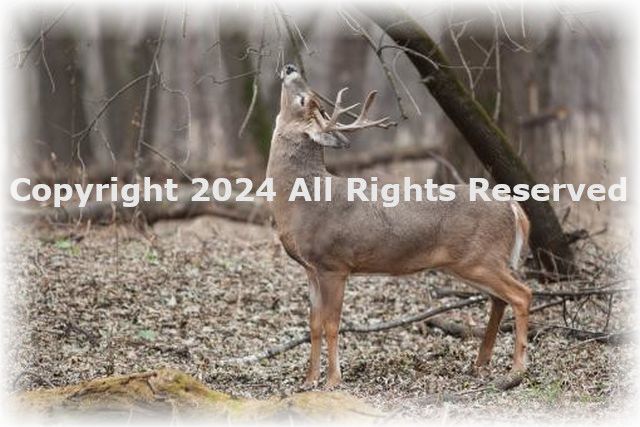
Understanding Deer Population Trends in Maine
Maine's deer population has experienced significant fluctuations over the years, driven by a complex interplay of natural and human-induced factors. The state’s deer herd is managed carefully by the Maine Department of Inland Fisheries and Wildlife (MDIFW), but population trends are influenced by climate, habitat conditions, hunting pressures, and disease outbreaks. Understanding these trends is essential for hunters, conservationists, and wildlife managers alike, as they have direct implications for both the state's wildlife health and the hunting experience.
Historical Trends and Population Growth
Historically, Maine’s deer population was relatively low, especially during the early 20th century when habitat loss and unregulated hunting took a toll on the herd. However, by the mid-1900s, deer populations began to rebound, thanks to improved forest regeneration and the establishment of regulated hunting seasons. The 1950s and 1960s saw an increase in deer numbers, aided by favorable weather conditions and a growing focus on wildlife conservation.
The 1980s marked a period of sustained growth in the state's deer population, peaking in the late 1990s. At this point, deer were abundant across much of the state, and hunters enjoyed high success rates during hunting seasons. By the early 2000s, the population was estimated to be around 250,000 to 300,000 deer. However, the state’s deer numbers did not remain static; they began to experience fluctuations due to a range of factors.
Factors Influencing Deer Population Trends
Weather and Winter Severity: One of the most significant drivers of deer population dynamics in Maine is the severity of winter weather. Maine’s cold, snowy winters can be tough on deer, particularly in areas with deep snowpack or extended cold spells. Deer are often forced to expend significant energy searching for food and can suffer from malnutrition. Harsh winters, especially those with deep snow and ice storms, can lead to high mortality rates among deer, particularly younger ones and those in poor health.
Habitat Availability: The availability of suitable habitat is another critical factor influencing deer populations. In Maine, deer thrive in mixed woodlands with a mix of hardwoods, softwoods, and open fields. Deforestation, urban sprawl, and changes in land use can reduce deer habitats and limit their ability to find food and shelter. On the other hand, well-maintained forest habitats and conservation efforts can support healthy deer populations.
Predation and Disease: Predation by coyotes and, more recently, the spread of diseases such as Chronic Wasting Disease (CWD) have contributed to the declining trends in some areas. While coyote populations in Maine have steadily increased over the years, their impact on deer populations is still debated. CWD, a fatal neurological disease affecting deer, moose, and elk, has yet to be detected in Maine, but its potential arrival remains a concern for wildlife managers.
Hunting Pressure: Hunting is a key management tool in regulating deer populations. Overhunting or an excessive harvest of deer can lead to population declines, while under-hunting can cause overpopulation and subsequent habitat degradation. In Maine, hunters are regulated by bag limits and hunting zones to ensure sustainable deer numbers. However, local deer populations may still experience variation based on regional hunting practices and regulations.
Implications for Hunters and Conservation
The fluctuating deer populations in Maine have significant implications for hunters. For example, in years with a particularly harsh winter, hunters may see lower deer numbers in the field. Similarly, changes in the deer population can affect the quality of hunting experiences, including the size and health of the deer.
From a conservation perspective, deer management must strike a balance between maintaining healthy populations and preventing overbrowsing, which can lead to negative impacts on forest regeneration. Healthy deer populations are essential to maintaining biodiversity, but without careful management, deer can damage forests, alter ecosystems, and even compete with other wildlife species for resources.
As the climate continues to change, it is likely that deer population trends in Maine will continue to evolve. Warmer winters may reduce mortality rates, but more extreme weather events could still pose challenges. Hunters, conservationists, and wildlife managers will need to continue adapting to these trends in order to ensure that the state’s deer population remains healthy and sustainable for future generations.
In conclusion, the deer population in Maine is shaped by a variety of natural and human factors, and understanding these trends is critical for effective wildlife management. Whether through habitat conservation, managing hunting pressures, or monitoring emerging diseases, Maine’s deer population will require ongoing attention and adaptation to thrive in the changing landscape.
